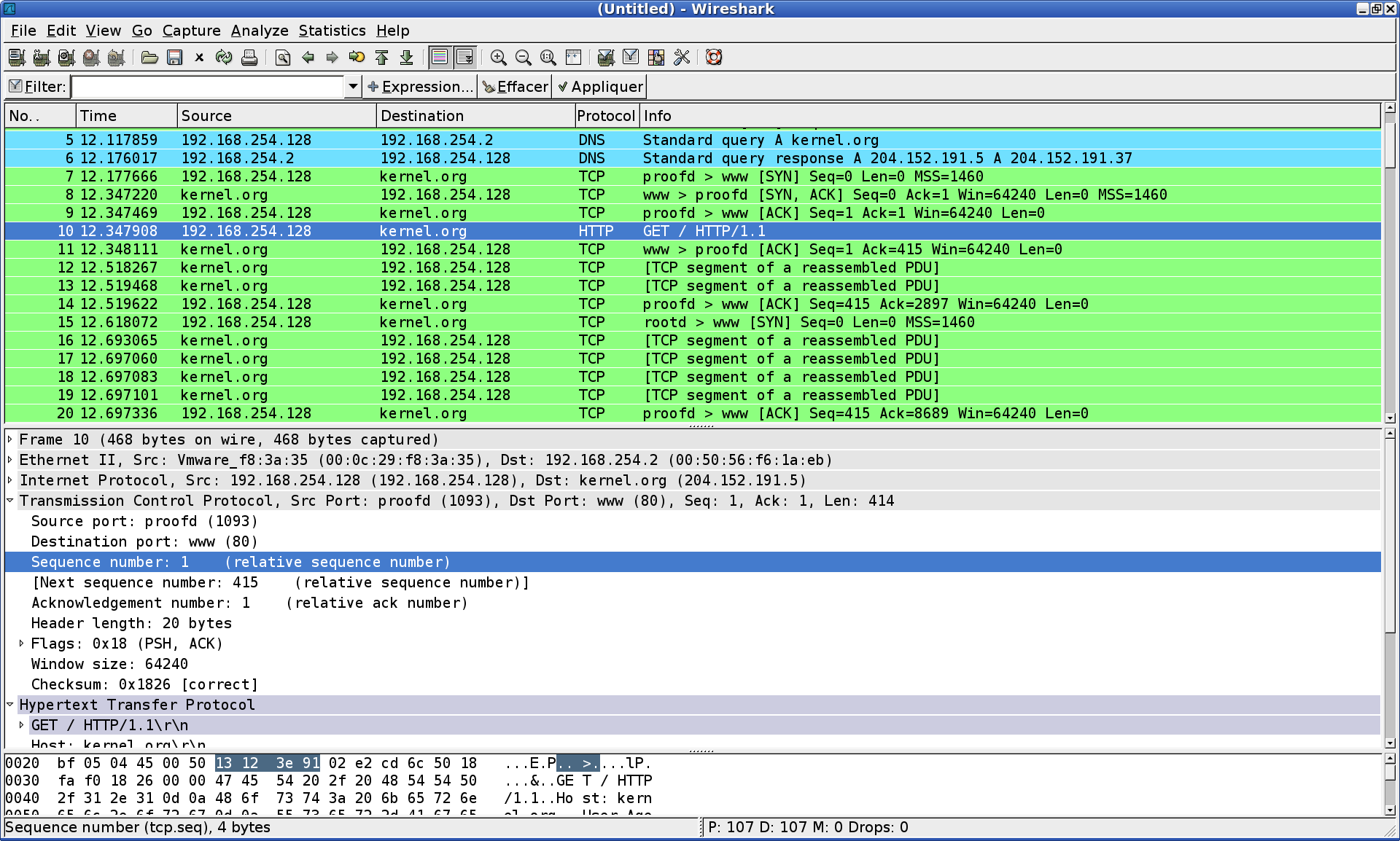


You will then see the following messages for several minutes (how long will depend upon a number of factors including server specification, performance, trace file size etc): Correlating traces. To stop the trace, enter the following syntax : netsh trace stop Once you have replicated the problem you are troubleshooting, you will need to stop the trace. The following response will be returned if trace was successfully started: Trace configuration: when the file size limit is reached, the oldest packets are removed to make space for new packets.Ī full list of syntax and options is available at Netsh Commands for Network Trace | Microsoft Docs etl file if it already exists, will use a maximum capture file size of 250MB and will default to a circular capture e.g. Path to and name of the file to write the captured traffic to. This reduces the amount of packets capture which reduces space usage and aids in easier troubleshooting by filtering out traffic that is not of interest The IP address of the server communicating with this server whose traffic you wish to capture. Netsh trace start capture=yes IPv4.Address= tracefile=\.etl From the powershell window enter the command below, noting the information in the table below:.Click Yes on the User Account Control prompt.Click Start, type powershell and right click on Windows Powershell.Login to server as a user with Administrator permissions.However, if you do have Administrator access on the server you can still capture the traffic and also convert to a format you can load into Wireshark on a desktop machine (or analyse using tcpdump or other tools on a Linux system) - there is no requirement to install Wireshark on the server - you can use built-in tools to achieve this. This may be enforced by AppLocker or other controls. If you need to capture network traffic from a Windows server, you may find that that standards or controls in your organisation prevent or forbid you from installing tools such as Wireshark on your Windows servers.


 0 kommentar(er)
0 kommentar(er)
